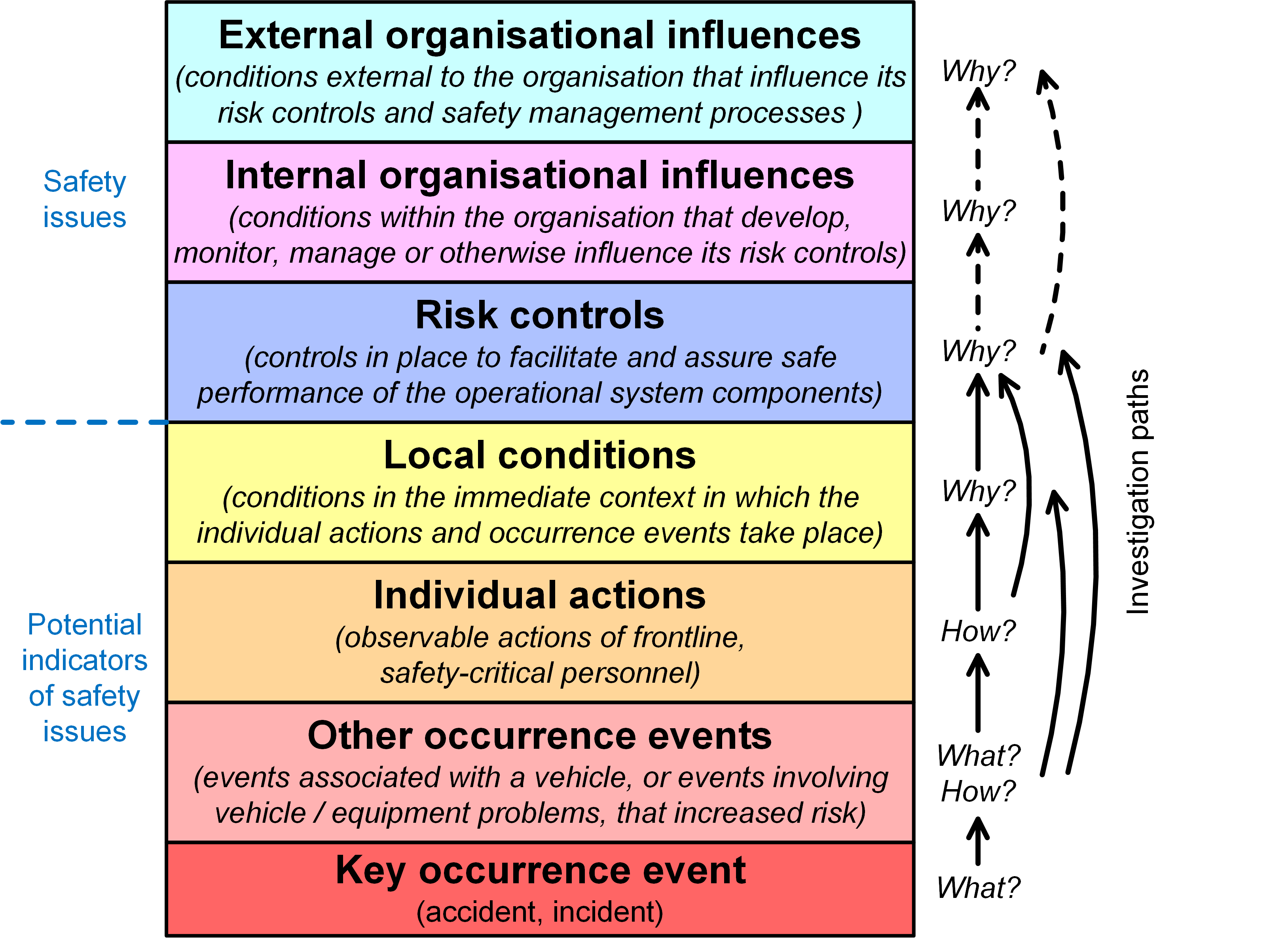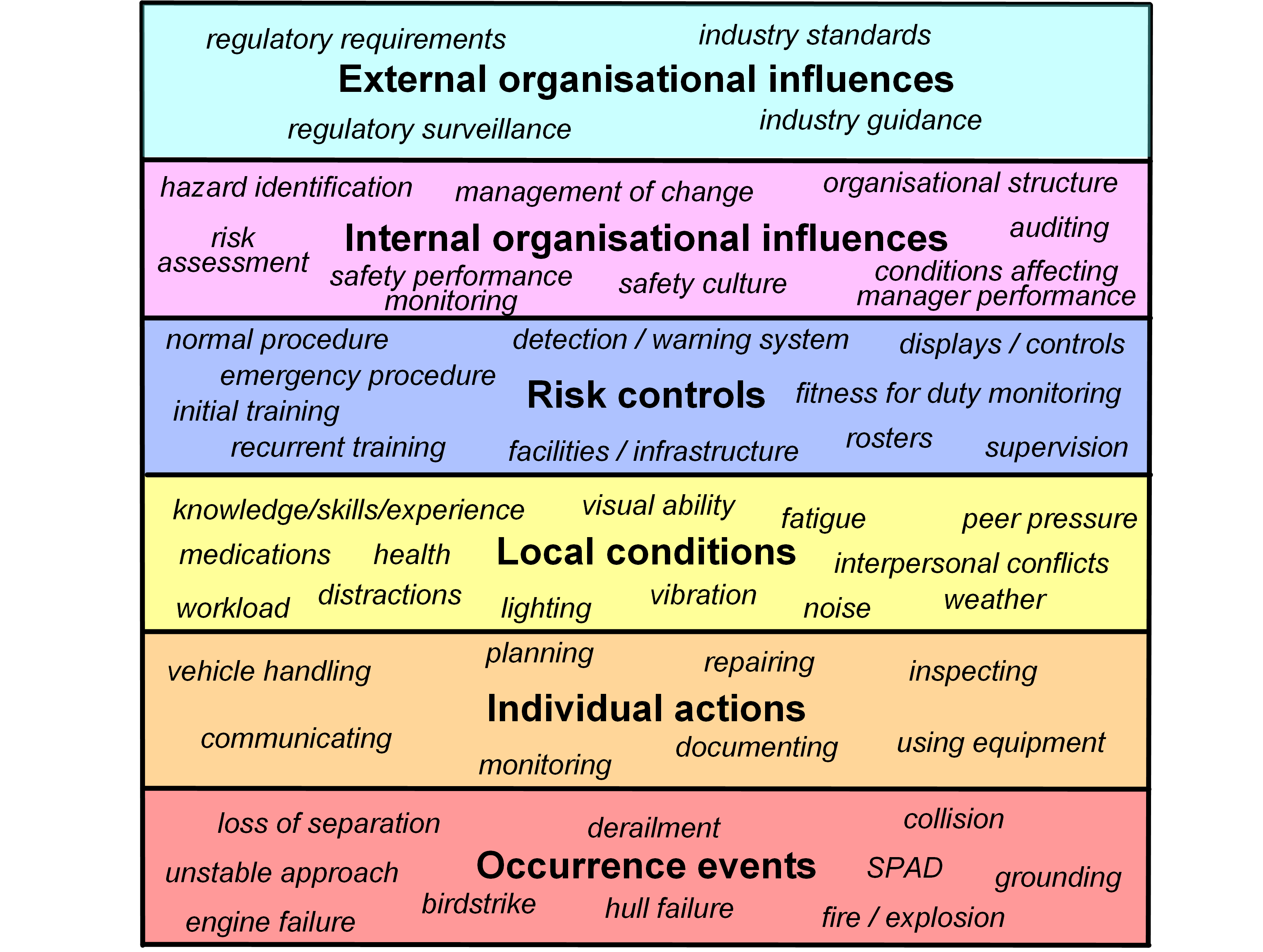ATSB investigation reports
The ATSB will release a final report at the conclusion of an investigation, detailing contributing factors, safety issues and other findings. However, at any time during the course of an investigation, should we uncover safety critical information we will immediately share that with relevant parties so they can take appropriate safety action.
Depending on the complexity of the occurrence and the scope of the investigation, the ATSB may also produce preliminary and interim reports.
Preliminary reports detail factual information determined in an investigation’s initial evidence collection phase and areas of ongoing investigation. They are typically released 1–4 months after the initial occurrence.
Interim reports detail more extensive factual information and outline areas of ongoing investigation.
During the course of an investigation, the ATSB may also provide brief factual updates on investigation progress (or update the investigation’s summary field) on our website.
Either in conjunction with a report release or at any time during an investigation, the ATSB may also issue a safety advisory notice to relevant organisations and industry sectors to highlight a safety issue or concern and advising that relevant parties take safety action where appropriate.
Final report structure
ATSB occurrence investigation final reports are organised with regard to international standards or instruments, as applicable, and with ATSB procedures and guidelines. Reports normally contain the following sections:
- Investigation summary—a summary of the occurrence (or other transport safety matter), the findings and any safety action taken as a result, as well as any broader safety messages.
- The occurrence—a description of the sequence of events related to the occurrence and, if relevant, the consequences in terms of injuries and damage.
- Context—description of evidence collected during the investigation that is necessary to help the reader understand the occurrence and safety analysis, or the broader safety issues for research purposes.
- Safety analysis—a demonstration of how the evidence justifies the investigation findings.
- Findings—a list of contributing factors, other factors that increased risk and other findings identified during the investigation and discussed in the safety analysis.
- Safety issues and actions—a summary of the safety issues identified during the investigation and details of what safety action has been taken, or is planned to be taken, by relevant parties to address those issues.
- Appendices—additional information that supports the report, for example, specialist reports on materials failure or flight data analysis.
Report terminology
Occurrence: a transport accident or incident.
In a safety context, accidents and incidents have specific definitions in relevant legislation, standards and other publications. In general, an accident is defined as an event that results in adverse consequences (that is, more than minor injuries and/or damage), whereas an incident is defined as an event that had the potential to result in adverse consequences.
For example, the Transport Safety Investigation Act 2003 provides the following definition of an accident:
… an investigable matter involving a transport vehicle where:
(a) a person dies or suffers serious injury as a result of an occurrence associated with the operation of the vehicle; or
(b) the vehicle is destroyed or seriously damaged as a result of an occurrence associated with the operation of the vehicle; or
(c) any property is destroyed or seriously damaged as a result of an occurrence associated with the operation of the vehicle.
Safety factor: an event or condition that increases safety risk. In other words, it is something that, if it occurred in the future, would increase the likelihood of an occurrence, and/or the severity of the adverse consequences associated with an occurrence.
Safety factors can be classified as to whether they are contributing factors or other factors that increased risk. They can also be classified in terms of the levels of the ATSB analysis model, as shown in the following diagram.

The following diagram provides some examples of the types of factors that may be identified at each of the levels.

Contributing factor: a safety factor that, had it not occurred or existed at the relevant time:
- the occurrence would probably not have occurred, or
- the adverse consequences associated with the occurrence would probably not have occurred or have been as serious, or
- another contributing factor would probably not have occurred or existed.
The ATSB definition is based on detailed research considering how causation and contribution is defined in various fields. Further information is provided in the ATSB research report AR-2007-053 (Analysis, Causality and Proof in Safety Investigations).
To determine whether an event or condition is a contributing factor, the ATSB conducts a test for existence and a test for influence. The term ‘probable’ indicates the standard of proof required for passing these tests. This standard sits between the legal standards of ‘beyond reasonable doubt’ and the ‘balance of probabilities’. Further discussion of probability definitions is provided below.
Other factor that increased risk: a safety factor that did not meet the definition of contributing factor but was still considered to be important to communicate in an investigation report in the interests of improved transport safety.
Other factors that increased risk include safety factors for which there is sufficient evidence to conclude they probably did not contribute (or have an influence) on this occasion. They also include safety factors for which a reliable decision about whether they contributed could not be made based on the available evidence.
In other words, just because a SF was classified as an other factor that increased risk, this does not necessarily mean it did not contribute. Rather, on many occasions, it just means that there was insufficient evidence to conclude that it contributed.
As stated in the Transport Safety Investigation Act (2003) section 12AA (Function of the ATSB):
(1) The ATSB’s function is to improve transport safety by means that include the following …
(b) independently investigating transport safety matters;
(c) identifying factors that:
(i) contribute, or have contributed, to transport safety matters; or
(ii) affect, or might affect, transport safety;
(d) communicating those factors to relevant sectors of the transport industry and the public …
(e) reporting publicly on those investigations …
The ‘other factors that increase risk’ are synonymous with the factors that ‘affect, or might affect, transport safety’.
It is common practice for safety investigations (as well as Coronial inquiries) to include contributing factors and other safety factors that are identified during an investigation. How such non-contributing but safety-relevant findings are presented in investigation reports varies. The ATSB and some other agencies have chosen to do this explicitly within the findings section of the report.
Other finding: any finding, other than those associated with safety factors, considered important to include in the findings section of an investigation report.
Such findings may resolve ambiguity or controversy, describe possible scenarios or safety factors when firm safety factor findings were not able to be made, note events or conditions which 'saved the day' or played an important role in reducing the risk associated with an occurrence, or highlight something that limited the scope or effectiveness of the investigation.
Safety issue: a safety factor that:
- can reasonably be regarded as having the potential to adversely affect the safety of future operations, and
- is a characteristic of an organisation or a system, rather than a characteristic of a specific individual, or characteristic of an operational environment at a specific point in time.
Safety issues will generally refer to problems with an organisation’s risk controls, or a variety of internal and external organisational influences that impact on the effectiveness of an organisation’s risk controls. They describe conditions that can be and should be rectified to enhance safety.
Both contributing factors and other factors that increased risk can include safety issues. Only relevant conditions that are assessed as being above a defined risk level at the time of the occurrence are classified as safety issues.
Safety action: the steps taken or proposed to be taken by an organisation, agency or other party in response to a safety issue. Safety action includes proactive safety action taken by a relevant organisation or party, safety recommendations issued by the ATSB, and safety advisory notices issued by the ATSB.
Safety recommendation: a formal safety recommendation made either during or at the end of an investigation, where the ATSB remains concerned that a safety issue has yet to be adequately addressed by the relevant organisation.
Probability expressions
During safety investigations, investigators can rarely use mathematical probability as a basis for making findings due to the nature of the available evidence. Instead, various terms are used to represent the investigators’ understanding of the level of likelihood (for example, ‘probable’ or ‘very likely’). Such terms are known as ‘verbal probability expressions’.
The list below presents the verbal probability expressions used by the ATSB in our investigation reports to describe the degree of likelihood or chance that something was true (such as something existing, something influencing something else, or something having a specified risk level).
- Virtually certain (almost certain) – 99% or more
- Extremely likely – 95% or more
- Very likely – 90% or more
- Likely (or probable) – 66% or more
- About as likely as not – 33% to 66%
- More likely than not – more than 50%
- Unlikely (or improbable) – 33% or less
- Very unlikely – 10% or less
- Extremely unlikely – 5% or less
- Exceptionally unlikely – 1% or less.
These definitions were developed by the International Governmental Panel on Climate Change (IPCC). The IPCC definitions have been based on a substantial amount of discussion involving a range of different types of experts from many countries. The definitions are also broadly consistent with previous research into how people use different verbal probability expressions.
The expressions only provide an indication of meaning, not a detailed prescription. In almost all situations, selecting the most appropriate expression is a matter of judgement, based on the available evidence, rather than a matter of precise measurement.
Gender-neutral language in ATSB reports
All ATSB reports are de-identified. On the basis that gender‑specific language can lead to the identification of individuals, in 2020 the ATSB Commission adopted a policy of using gender‑neutral language in ATSB investigation reports.
In the report writing process, care is taken to ensure context and meaning are not lost.


